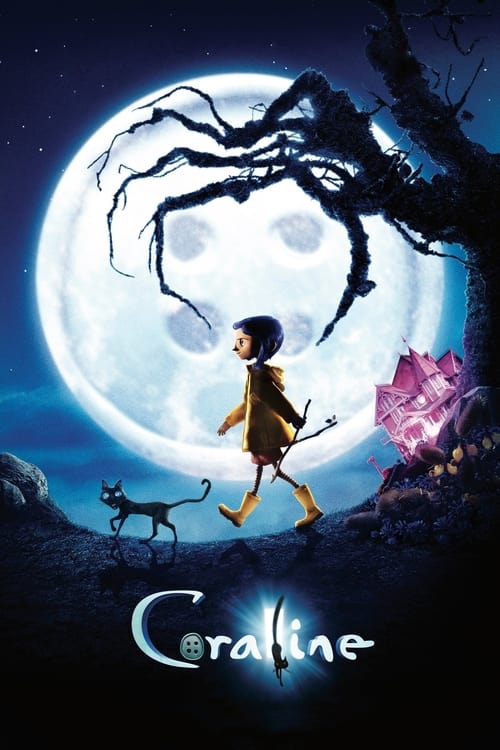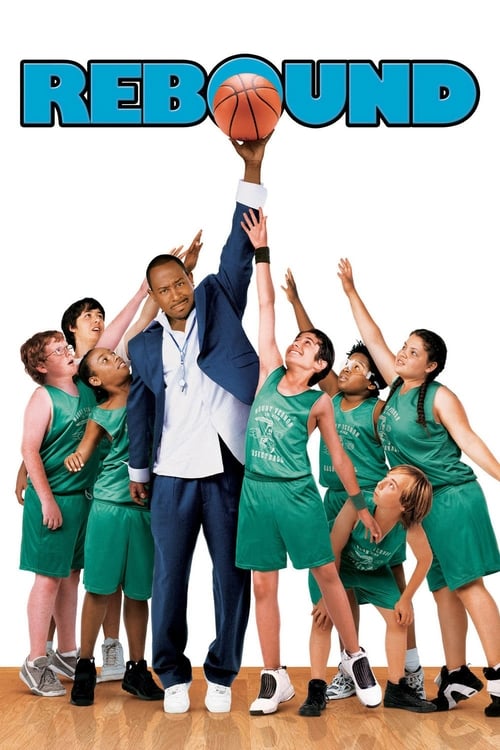
Ask Your Own Question
What is the plot?
What is the ending?
In the ending of "Rebound," Coach Roy McCormick reconciles with his estranged family and finds a renewed sense of purpose in coaching. The team he has been mentoring, the middle school basketball squad, wins their final game, showcasing their growth and teamwork. Roy's relationship with his son, who had been distant, improves as they bond over basketball. The film concludes with a sense of hope and redemption for Roy, as he embraces his role as a mentor and father.
As the climax of "Rebound" unfolds, the scene shifts to the final basketball game of the season. The gym is packed with excited parents and students, the atmosphere electric with anticipation. Coach Roy McCormick stands on the sidelines, his heart racing as he watches his team, the underdog middle school squad, take the court against a formidable opponent. The stakes are high, and the pressure is palpable.
The game begins, and the opposing team quickly takes the lead, showcasing their skills and teamwork. Roy's team struggles initially, their inexperience evident as they miss shots and fumble passes. Frustration washes over Roy, but he remembers the lessons he has imparted to his players about perseverance and teamwork. He calls a timeout, gathering his team around him. In this moment, he encourages them to believe in themselves and each other, reminding them of how far they have come since he first started coaching them.
As the game resumes, the players begin to rally. They start to communicate better on the court, passing the ball with newfound confidence. The audience cheers as they score their first points, igniting a spark of hope. Roy watches with pride, feeling a deep connection to his team. He realizes that coaching is not just about winning; it's about building character and fostering relationships.
Meanwhile, Roy's son, who has been somewhat distant throughout the film, is in the stands, watching his father with a mix of admiration and concern. As the game progresses, he begins to understand the importance of Roy's role in the lives of the young players. The bond between father and son begins to mend as they share this pivotal moment.
The game intensifies, with both teams exchanging leads. The tension builds, and the clock ticks down. In the final moments, with the score tied, Roy calls for a strategic play. The players execute it flawlessly, showcasing their growth and teamwork. The crowd erupts as they score the winning basket just as the buzzer sounds.
In the aftermath of the game, the gym is filled with celebration. Roy's team, once a group of misfits, has transformed into a cohesive unit, celebrating their hard-earned victory. Roy is overwhelmed with emotion, realizing that he has not only helped his team succeed but has also rediscovered his passion for coaching and his role as a father.
As the scene shifts, Roy approaches his son, who is waiting for him with a proud smile. They share a heartfelt moment, acknowledging the distance that had grown between them and the steps they are taking to bridge that gap. Roy expresses his desire to be more present in his son's life, and they embrace, signaling a new beginning for their relationship.
The film concludes with a montage of Roy continuing to coach the team, now with a renewed sense of purpose. He is seen mentoring the players, attending their games, and being an active part of their lives. The final shot captures Roy, his son, and the team celebrating together, embodying the themes of redemption, family, and the importance of community. Each character has found their place, and the story closes on a hopeful note, emphasizing the transformative power of support and connection.
Is there a post-credit scene?
In the movie "Rebound," produced in 2005, there is no post-credit scene. The film concludes with the resolution of the main storyline, focusing on the character of Roy McCormick, played by Martin Lawrence, as he finds redemption and a renewed sense of purpose through coaching a middle school basketball team. The narrative wraps up with a sense of closure, highlighting the growth of both Roy and the young players he mentors, but it does not include any additional scenes or content after the credits roll.
What challenges does Coach Roy McCormick face when he first takes over the middle school basketball team?
When Coach Roy McCormick first takes over the middle school basketball team, he faces significant challenges, including the team's lack of discipline, poor skills, and low morale. The players are initially uncooperative and skeptical of his coaching methods, which leads to tension and conflict. Roy struggles to connect with the kids, who are more interested in having fun than winning games, and he must learn to adapt his coaching style to motivate them.
How does Roy's personal life affect his coaching style and relationship with the team?
Roy's personal life, particularly his recent divorce and the emotional fallout from it, deeply affects his coaching style and relationship with the team. He initially approaches coaching with a rigid, win-at-all-costs mentality, reflecting his own frustrations. However, as he begins to bond with the players and understand their struggles, he softens and becomes more supportive, learning to prioritize their growth and teamwork over just winning.
What role does the character of the team captain, Kenny, play in the development of the team?
Kenny, the team captain, plays a crucial role in the development of the team. Initially, he is a talented but disillusioned player who struggles with the pressure of leadership. As the story progresses, Kenny evolves from a self-centered athlete into a more responsible leader who learns the importance of teamwork and supporting his teammates. His growth mirrors the team's transformation, and he becomes a key figure in rallying the players to work together.
How does the relationship between Roy and his assistant coach, the school principal, evolve throughout the film?
The relationship between Roy and his assistant coach, who is also the school principal, evolves from one of skepticism and tension to mutual respect and collaboration. Initially, the principal doubts Roy's unconventional methods and is concerned about the team's performance. However, as Roy proves his dedication to the players and their development, the principal begins to support him, recognizing the positive impact he has on the students and the school community.
What pivotal moment leads to Roy's realization about the true meaning of coaching?
A pivotal moment that leads to Roy's realization about the true meaning of coaching occurs during a critical game when he sees his players working together and supporting each other, despite the odds against them. This moment of unity and teamwork makes him understand that coaching is not just about winning games, but about building character, fostering relationships, and helping young athletes grow both on and off the court.
Is this family friendly?
"Rebound," produced in 2005, is generally considered a family-friendly film, but it does contain some elements that may be objectionable or upsetting for children or sensitive viewers. Here are a few aspects to consider:
-
Mild Language: The film includes some instances of mild profanity and slang that may not be suitable for younger audiences.
-
Emotional Themes: There are scenes that explore themes of failure, disappointment, and personal struggle, particularly related to the main character's career and relationships. These moments may evoke feelings of sadness or discomfort.
-
Parental Issues: The film touches on themes of parental neglect and the impact of a parent's actions on their children, which could be upsetting for some viewers.
-
Physical Comedy: There are moments of slapstick humor that involve physical mishaps, which might be perceived as excessive or inappropriate by some.
-
Competitive Pressure: The film portrays the pressures of competition in sports, which may resonate with children who are sensitive to themes of rivalry and performance anxiety.
Overall, while "Rebound" is aimed at a family audience, these elements may warrant consideration for younger viewers or those who are particularly sensitive to emotional or thematic content.







































